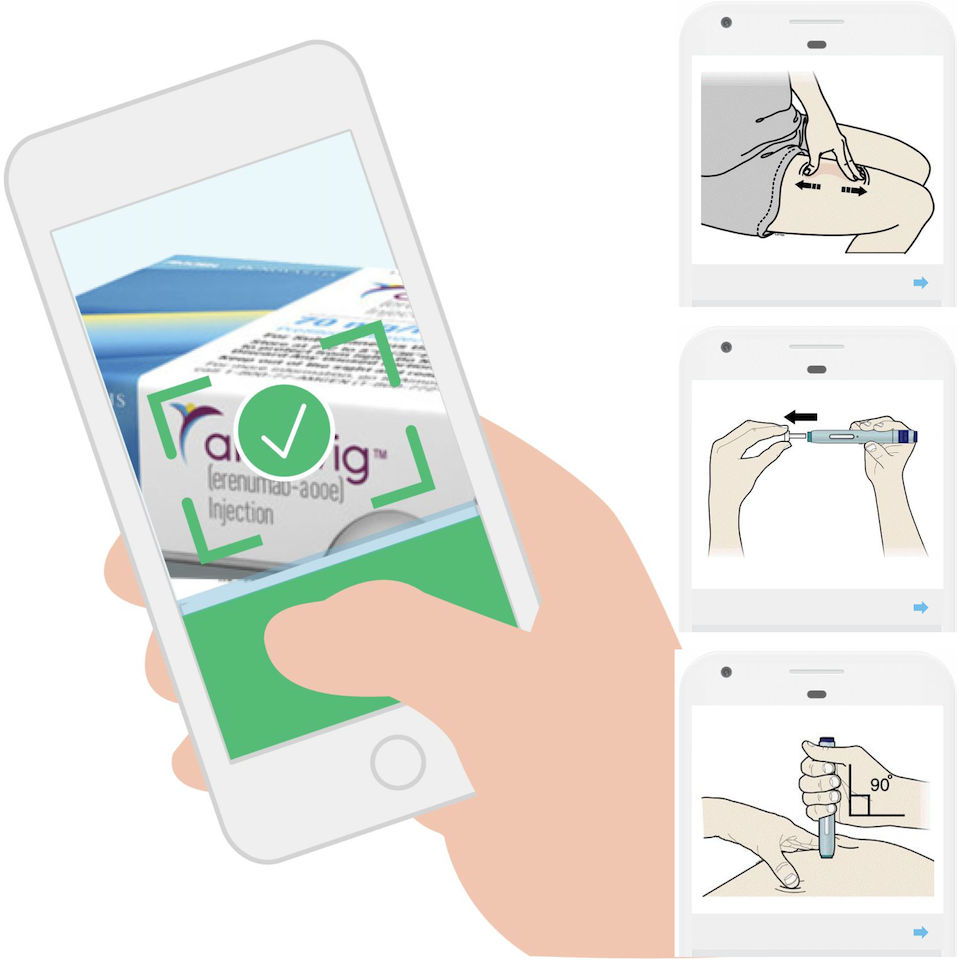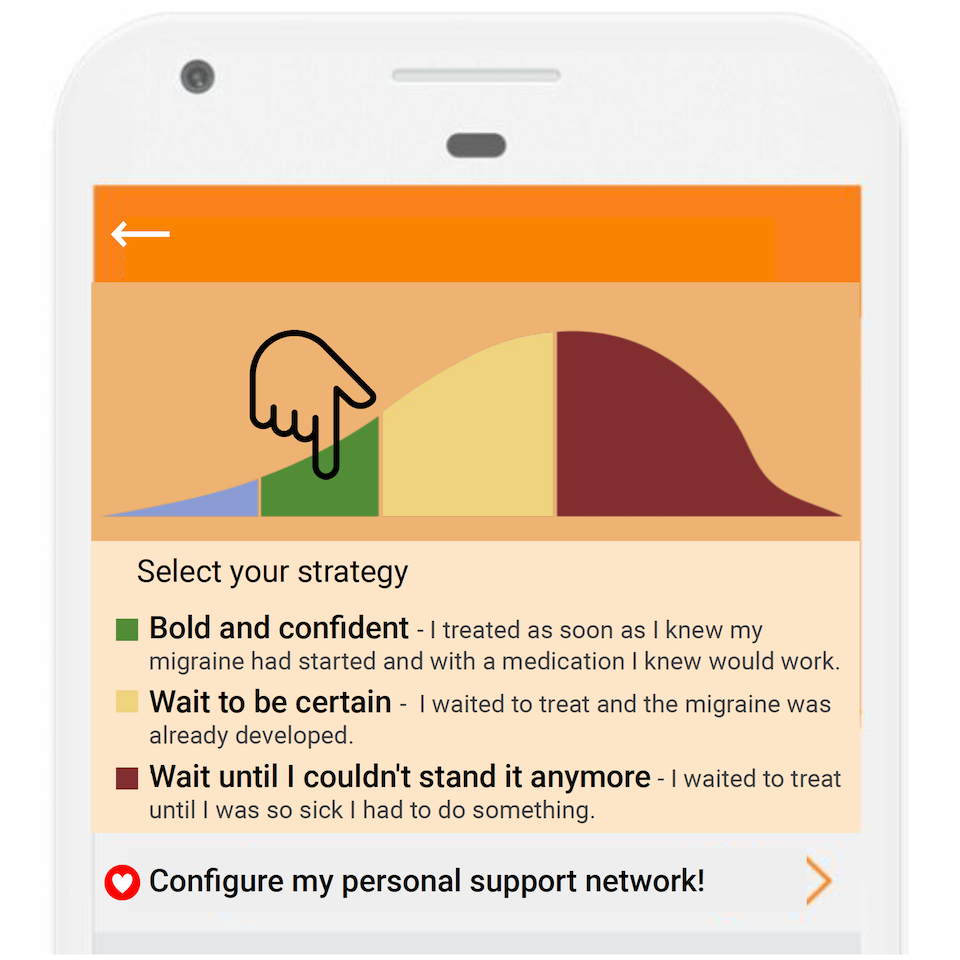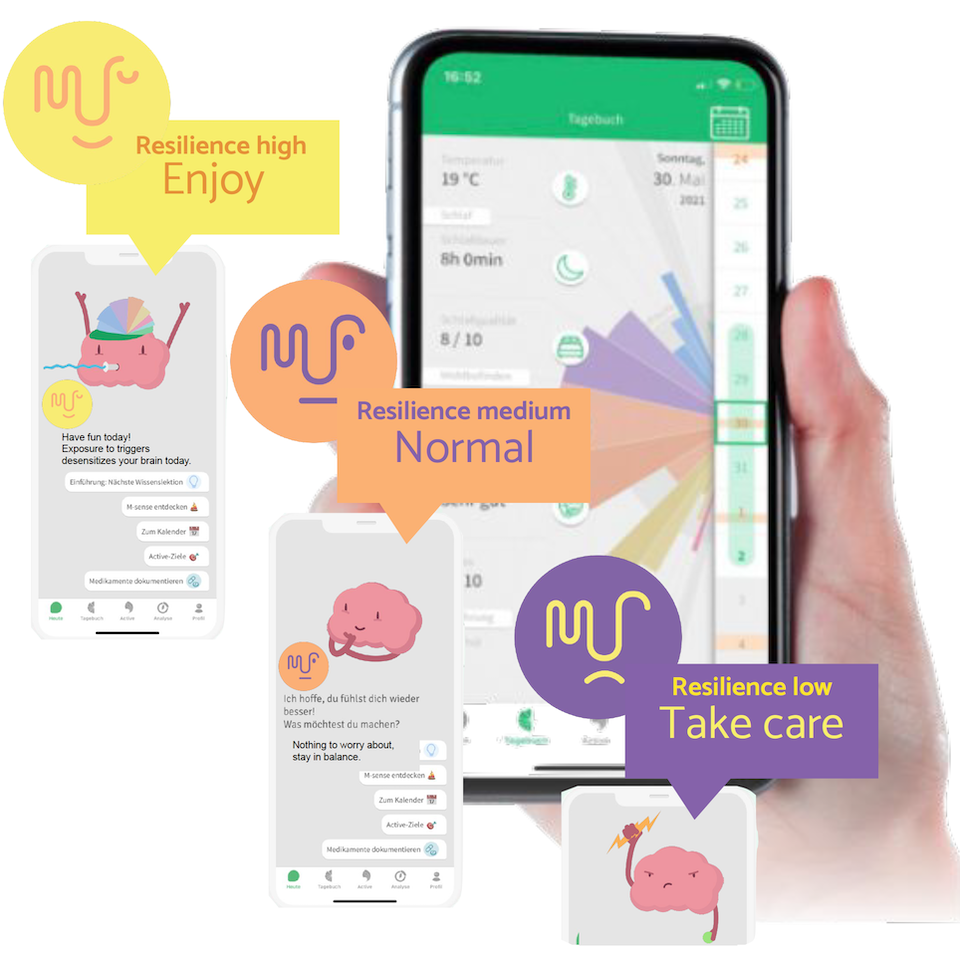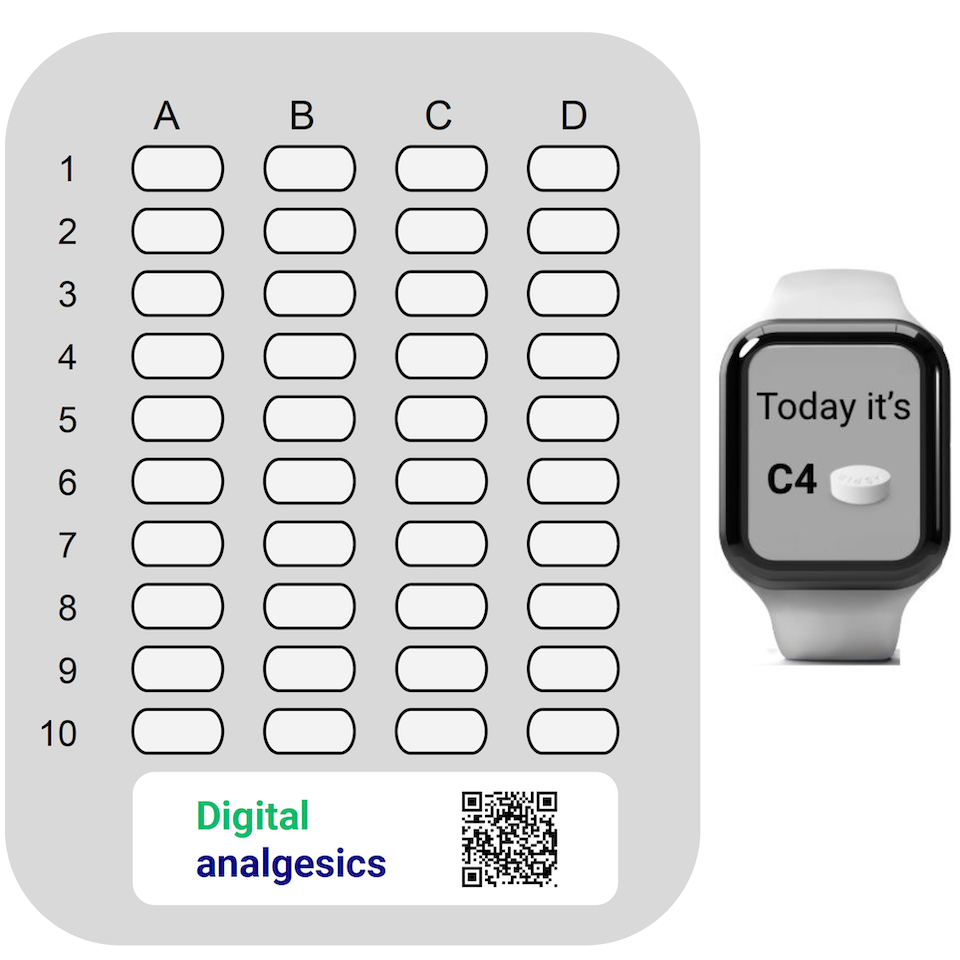Be Part of the Future
We invite digital health and neuroscience partners to join us in developing next-gen migraine care — focused not on pain relief alone, but on the neurological complexity that precedes and shapes the attack.
Migraine care remained largely unchanged for quite a while after triptans were introduced in the 1990s — apart from the introduction of Botox for chronic migraine.
A true shift began only with the emergence of new pharmacological classes: CGRP-targeting therapies (including monoclonal antibodies and small-molecule antagonists, or gepants), and ditans, a novel class of serotonin receptor agonists.
These breakthroughs marked the beginning of a new era in migraine treatment — complemented by delivery innovations like intranasal dihydroergotamine (DHE), reviving legacy drugs with modern technology.
While this represents real progress, we believe innovation doesn’t stop at molecules.




We develop digital clincal measures and digital therapeutics as a new class of clinical tools — not as stand-alone apps, but as precision instruments and certified medical devices integrated into the care pathway. When used in this way, they can complement, modulate, or even synergistically enhance pharmacological treatments — whether through support programs for timely intervention, desensitization strategies in the interictal phase, or hybrid approaches that merge the best of acute and preventive care.
Our prototypes target:
therapy support programs for prophylaxis,
actionable guidance during early or mild phases of acute treatment,
desensitization strategies between attacks,
and predictive, preemptive approaches that combine the best of prophylaxis and acute care.
Unlike conventional prophylaxis, preemptive strategies do not rely on the daily intake of medication. Instead, they aim for targeted intervention — precisely on the days before an attack is likely to occur.
Key research themes
Learn more about our five key research themes — from desensitization strategies to predictive digital care.